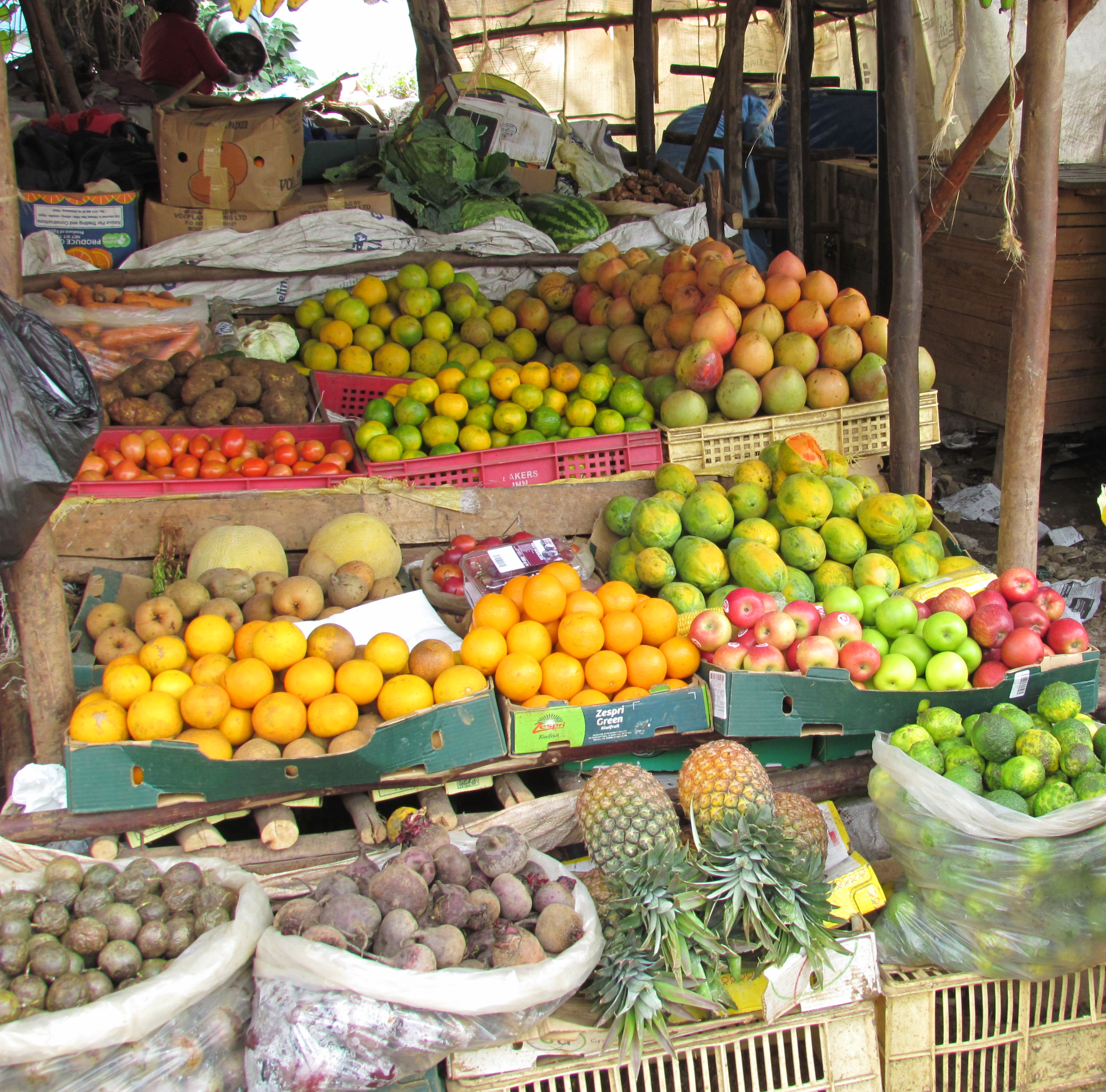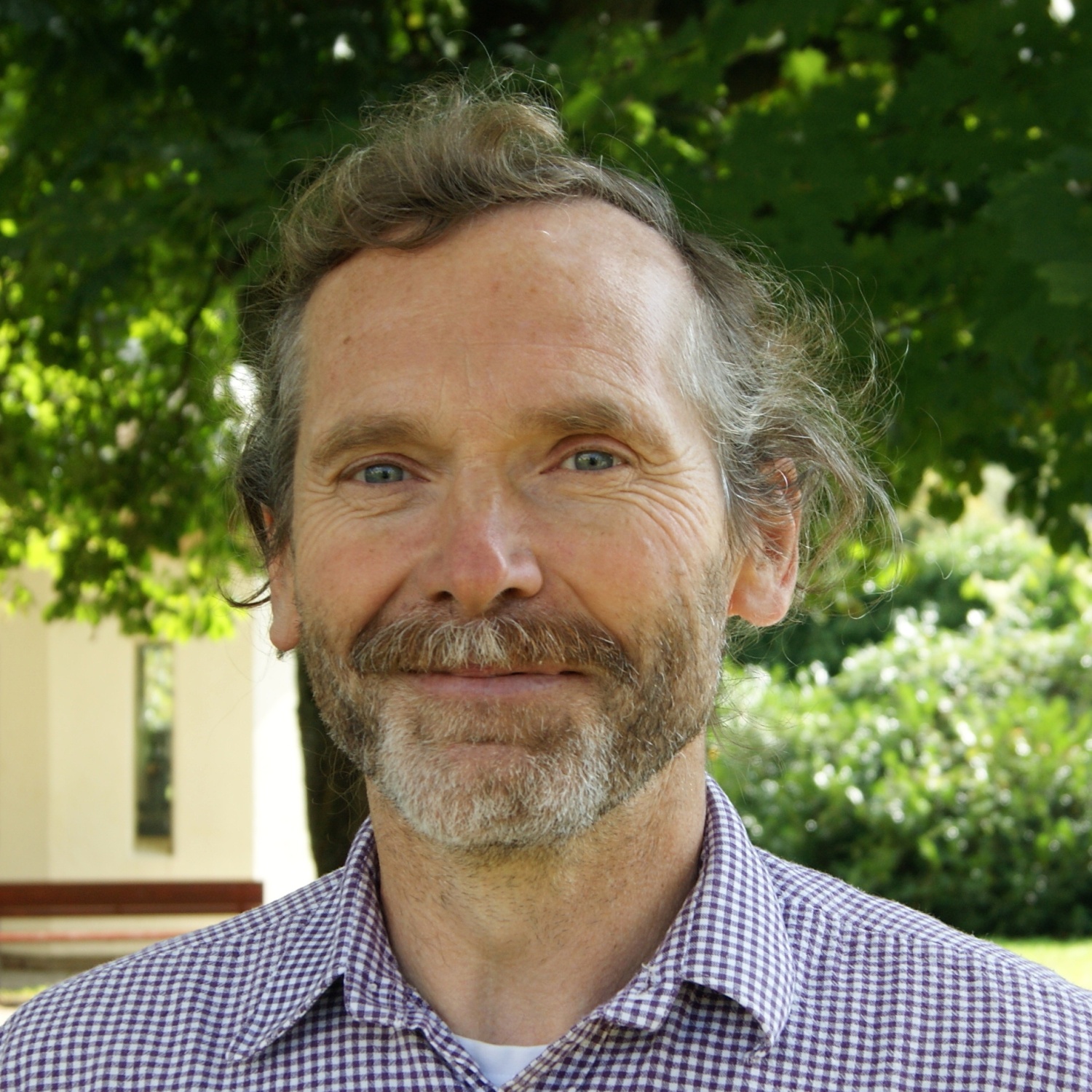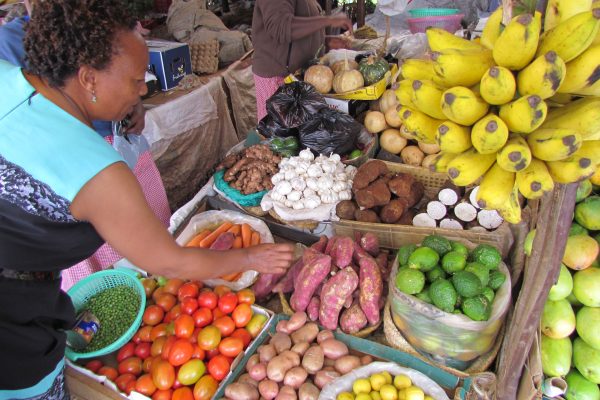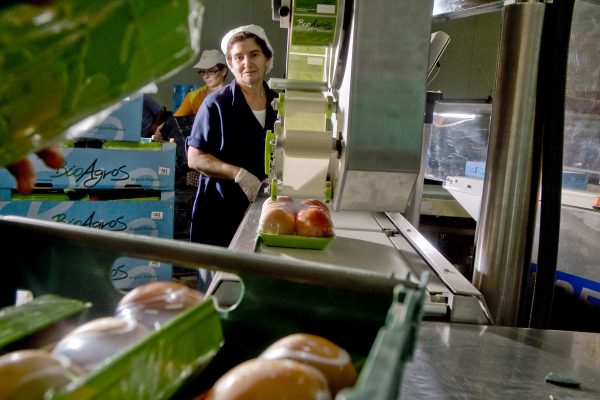Food quality is often misinterpreted. In the discussion on organic food and health, the short and simple version is that organic is pesticide free.
However, there’s more to organic than just being pesticide free – it goes to the root of how we grow our food, the abundance of biodiversity around us, the experiences of all organisms in our food that ultimately contribute to the health of people and the planet.
In the organic sector, you often hear people say “healthy soils, healthy plants, healthy animals and healthy humans.” It is quite different from the short and simple message “buy this and eat it, it will make you healthy”.
By linking the health of soils, plants, animals, and humans, we are taking a more holistic approach to health. We are looking at health as the sum of all things and not at the health of individuals or components.
Only when our planet is healthy in its entirety can we be sure of the well-being of the organisms living on it.
We can see what this means by looking at a single food item.
In the science world, we are trained to understand “food quality” mainly in terms of the individual properties that food is made up of e.g. constituents, contaminants including pesticide residues and sensory properties. But if we looked at food as a living organism or as coming from a living organism, we would see much more.
When we eat, we are nourishing living organisms - human beings.
When analyzing an apple, you can break it down into its components. An apple is made up of 85% water, it also contains, for example, protein, fiber, and carbohydrates. Imagine extracting all of these substances in a professional laboratory and putting each into its own test tube. We would probably need over 10,000 utensils to store them all!
Now imagine combining all of these individual constituents in a single test tube. Does this give us back our apple? I don’t think so.
You will find that the apple in its original form has very specific characteristics that we will not find in the test tube.
First of all, it has a specific structure, composition, and appearance. Secondly, the apple has stability and well stored, can survive the winter. And, finally, you will find that the apple has the ability to reproduce itself.
We start to see the difference between looking at food in terms of individual components and looking at, it in its entirety, as a living organism.
This seems to indicate that certain characteristics of living organisms are not adequately addressed in the food quality debate.
Let us take an apple as an example.
“Healthy soils, healthy plants, healthy animals, healthy humans” highlights the relevance of a holistic approach to health by taking into consideration the life cycles in nature and how they depend on each other.
It makes sense to look at the “sum of characteristics of a living organism” when thinking about food quality and not only at individual substances. It gives us a more complete understanding of health.
Organic farming has always had a process-oriented quality approach. The principles of organic agriculture, health, ecology, fairness, and care, reflect the way we interact with living organisms such as soils, plants, and animals in order to produce and prepare good food.
It starts with the seeds, nurtured by farming practices based on natural cycles and moves onto processing, done as carefully as possible with no additives.
There is something else we often hear in the organic sector. “Let our food be as natural as possible”, and it will contribute positively to our lives and the overall health of the planet.
From this perspective, it is interesting to know where the food we eat comes from. Was it grown in living soil, cultivated and processed in a manner that protects its lifelike characteristics? In other words: how “alive” is our food.
It might also be worth knowing how the food we eat contributes to our overall well-being.
Think about it. What are we doing when we eat? We are deconstructing food, a process that can be seen not only as an intake of nutrients but also as us unlocking the food’s “characteristics of life” and their inclusion in our human bodies.
Food Quality - Returning to the example of apple.
It’s worth thinking about the conditions it was grown and nurtured in, as well as the journey it took to our table. Then the sum of its experiences from the soil to the harvest and from the farm gate to the shop shelf contribute to the wellbeing of the person eating it.










